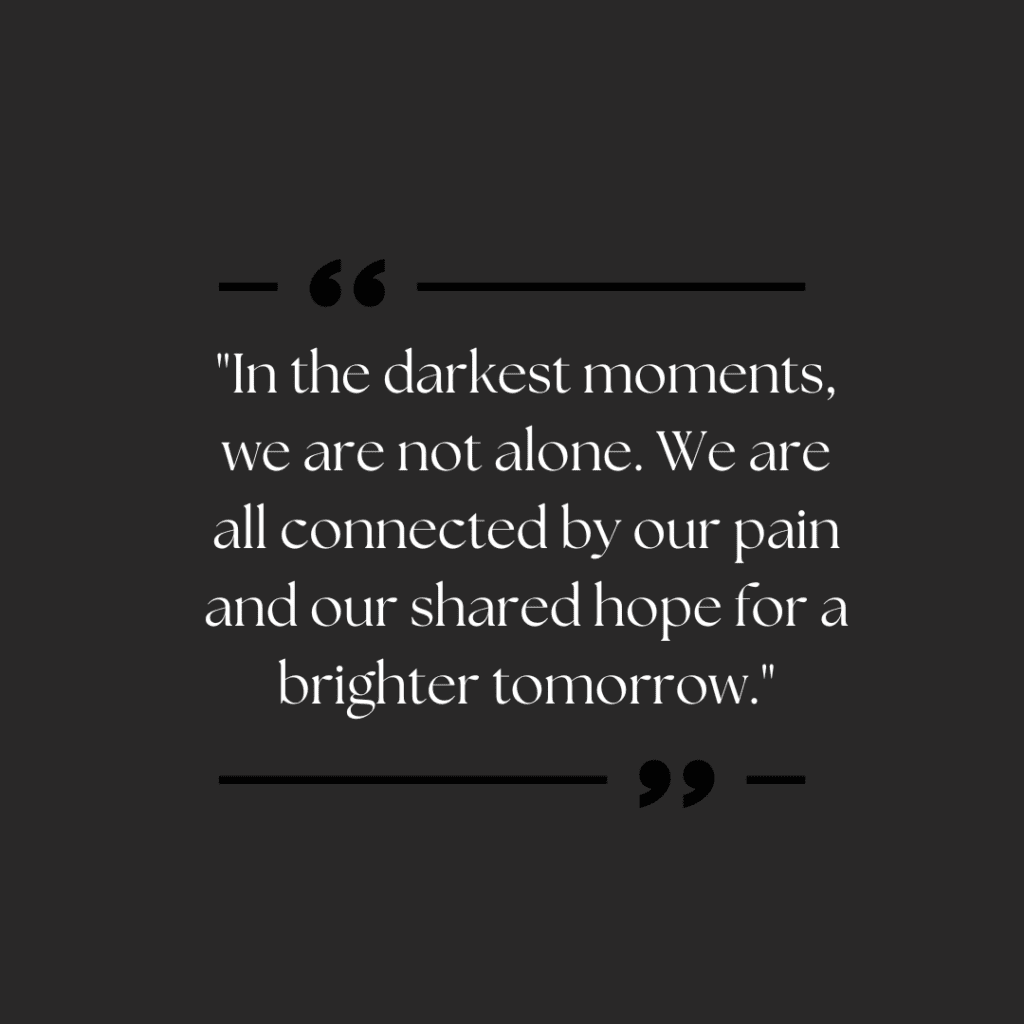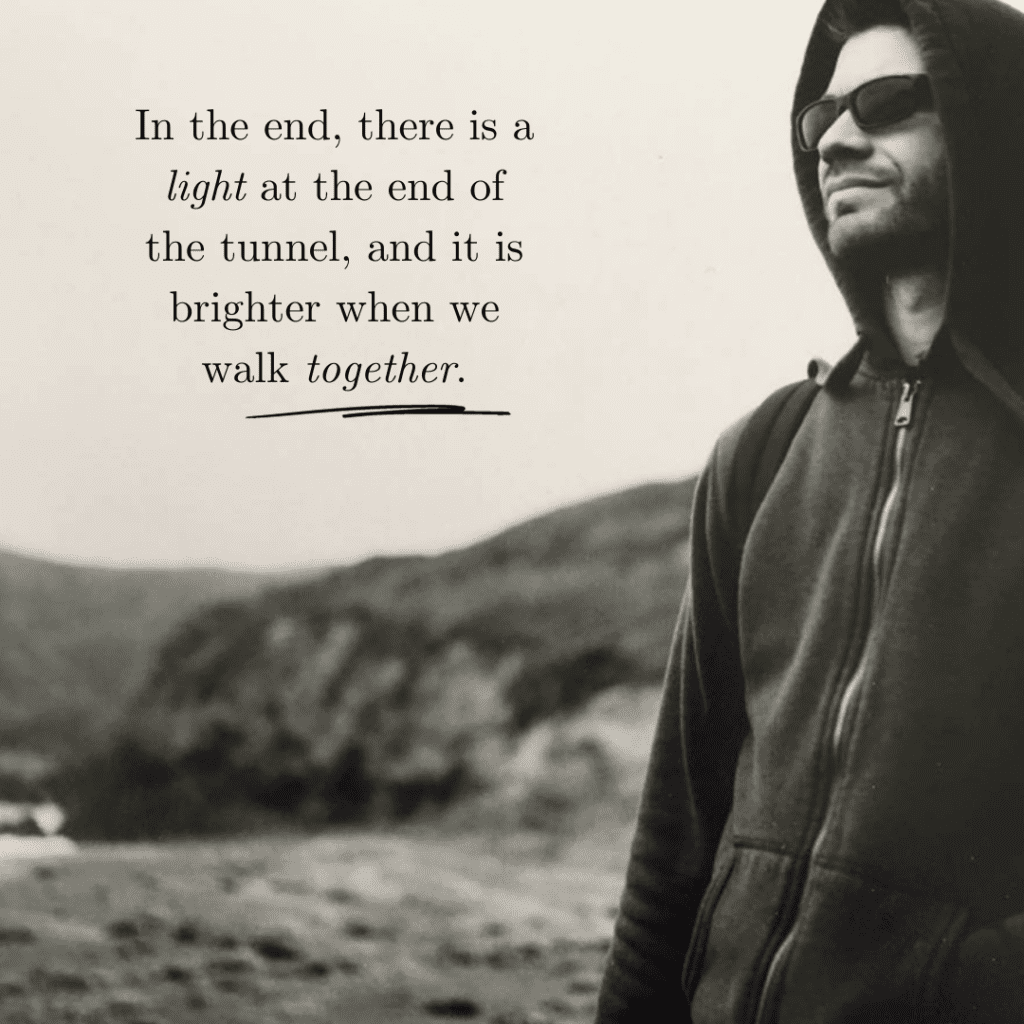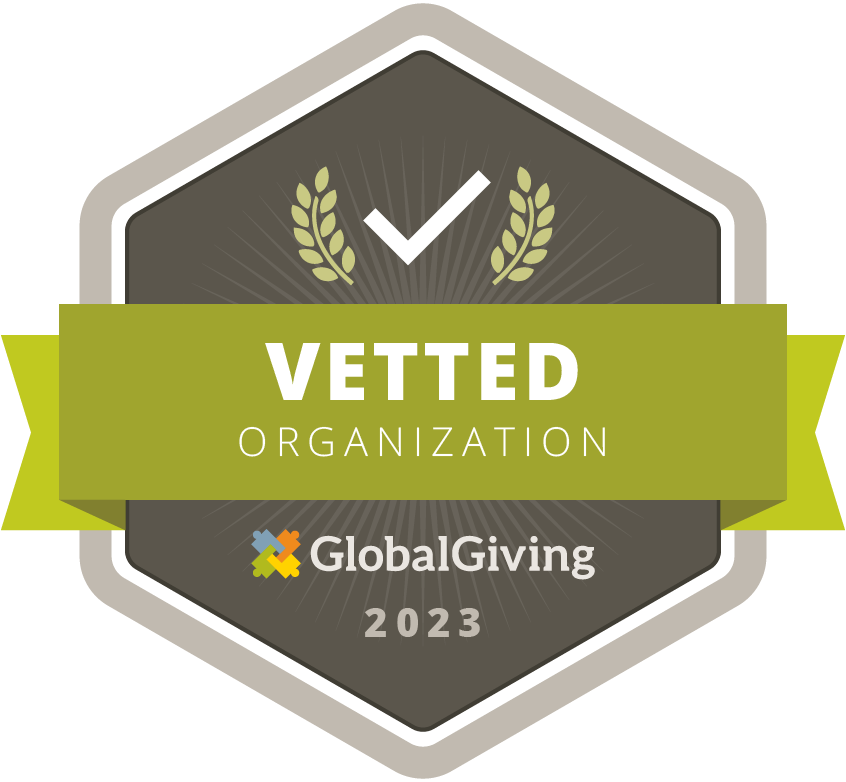As the world takes a moment to pause and reflect on International Survivors of Suicide Day, I find myself transported back to a time when grief consumed every aspect of my life. It was a time of overwhelming guilt, endless “what-ifs,” and the feeling of losing my breath, as I grappled with the painful loss of someone extraordinarily dear to me – a victim of suicide. In the spirit of healing, self-discovery, and the power of community, I share my story.
In the initial weeks following the tragic loss of my loved one to suicide, the world suddenly became a different place. It was as if the universe itself had mourned, as the harshness of everyday life grew eerily silent. My nights, once filled with laughter, conversations, and shared dreams with friends, were now empty with a haunting stillness that seemed to echo through my soul.

I remember coming across items that carried with them the weight of great memories. Each of these items was a reminder of a life that once thrived, now suspended in time. A folded note, penned with words of encouragement and love, lay tucked away in a memory book, its message an echo of the support we had shared. A photograph depicted moments of joy that felt like a distant dream. Trinkets and mementos that once held no special significance now became treasure troves of memories, transforming ordinary objects into feelings of profound emotion.
It was during these quiet, empty nights, as I clung to these fragments of the past, that the guilt and “what-ifs” weighed most heavily on my heart. The silence of the night seemed to amplify these questions, and I would often find myself searching for answers in the quiet. Those early weeks were a tumultuous wave of emotions, and I was adrift in a storm of grief, guilt, and relentless introspection.
Guilt is an emotion that often creeps in when suicide touches our lives. We ask ourselves, “Could I have done more? Could I have been there for them in a way that would have made a difference?” These questions can torment survivors, weighing on their hearts like an unbearable burden. For me, they became a constant companion in the early days of my healing journey.
During those challenging times, therapy became my lifeline, offering a safe space where I could unpack my feelings and navigate the labyrinth of grief. Initially, I attended therapy sessions biweekly, clinging to the guidance and support it provided. It was a crucial part of my healing process, allowing me to confront my guilt and gradually mold it into a deeper understanding of the complexities surrounding suicide.
Over time, the frequency of my therapy sessions shifted to monthly and eventually to quarterly. This transition mirrored my own personal growth and the path to healing that I was embarking on. I found myself evolving, not forgetting him, but learning to live with the pain, to honor their memory, and to find solace in the memories we shared.
Connecting with others who had experienced similar losses proved invaluable in my healing process. In these connections, I discovered a sense of solidarity. We were survivors, bonded by our shared experiences, and we turned our pain into a driving force for change. Together, we embarked on a mission to spread knowledge about mental health and suicide prevention, determined to turn our losses into something meaningful.
One survivor’s words have stuck with me throughout my journey: “In the darkest moments, we are not alone. We are all connected by our pain and our shared hope for a brighter tomorrow.” I don’t know if they came up with this on their own – but the consistent thought, like a record on repeat, this quote encapsulates the strength that can emerge from even the most profound sadness. We find our commonality in suffering, and through that connection, we find hope.

Statistics on suicide can be grim, but they also serve as a stark reminder of the urgency of addressing mental health issues. The metrics, drawn from various sources, highlight the severity of the problem. While they might be distressing, they underscore the importance of organizations like Give an Hour and their Suicide Prevention Toolkit, which provides valuable resources and support to those in need.
Through my journey of healing, I’ve come to understand that this process is not solely about finding peace within myself; it’s also about connecting with the person I lost. Their journey was cut short, but in my healing, it feels as though they are with me, guiding me toward a better understanding of their pain. It’s a spiritual connection that transcends the boundaries of life and death.
International Survivors of Suicide Day reminds us that, even in our darkest moments, there is hope and healing. My journey has been marked by the transformation of guilt into understanding, by the power of community, and by a deepening connection to the person I lost.

As we move forward, let us remember that healing is possible, even in the face of profound loss. Through the power of connection and the determination to spread knowledge, we can honor the memory of our loved ones while actively working to prevent others from experiencing the same pain. In the end, there is a light at the end of the tunnel, and it is brighter when we walk together.
Ryan Young
Marketing & Social Media Manager




